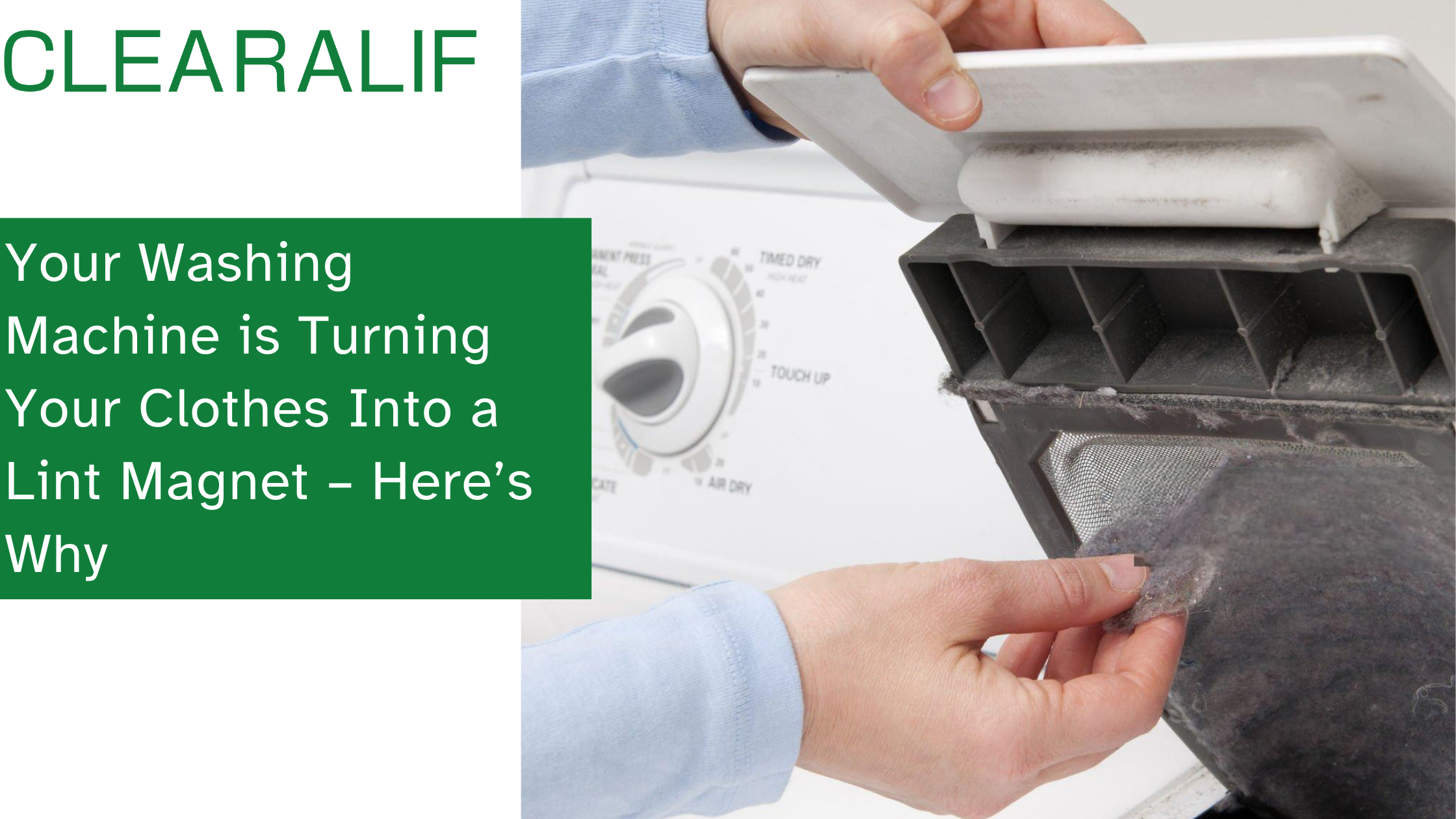Let’s be honest – most of us learned how to sort laundry from our parents, who probably just said “whites go with whites, everything else goes together.” And honestly? That basic system works fine if you’re okay with your favorite shirt slowly turning pink or your delicate sweater shrinking into doll clothes.
But here’s the thing: spending an extra two minutes sorting your laundry can save you from replacing clothes, dealing with weird smells, or having that awkward moment when your work shirt looks like it went through a blender.
I’m not talking about creating some complicated sorting system that requires a PhD in textile science. Just some smart laundry sorting tips that actually make sense for real life.

The Classic Method: Sorting by Color
This is laundry 101, and honestly, it covers about 80% of your sorting needs.
Whites: Anything that’s genuinely white or very light colored. Think white t-shirts, socks, underwear, and light gray items. These can handle hot water and bleach if needed.
Darks: Black, navy, dark brown, deep purple – basically anything that won’t show dirt easily. These clothes are usually safe to wash together because dark colors don’t bleed much onto each other.
Brights: This is where it gets interesting. Red shirts, bright blues, vibrant greens – anything that might run and stain other clothes. New jeans definitely go here until they’ve been washed a few times.
The golden rule? When in doubt, separate it out. That new red hoodie might look harmless, but it could turn your entire white load into a pink disaster.
Advanced Sorting: By Fabric and Function
Once you get comfortable with color sorting, this is where the magic happens. Learning to separate laundry by fabric type is like upgrading from a flip phone to a smartphone – you wonder how you ever lived without it.
Cotton and everyday clothes: Jeans, t-shirts, casual pants, most sheets. These are the workhorses of your wardrobe and can handle regular washing cycles.
Delicates: Anything with lace, silk, or thin straps. Bras definitely go here (and should really be in a mesh bag). Your delicate fabrics washing tips basically boil down to: treat them gently, use cold water, and skip the aggressive spin cycle.
Towels and heavy items: These need their own category because they:
- Take forever to dry when mixed with lighter items
- Can beat up delicate clothes in the wash
- Need hot water to really get clean and kill bacteria
Sportswear and synthetic fabrics: Workout clothes, moisture-wicking shirts, anything made of polyester blends. These items often hold onto odors differently than natural fibers, so they benefit from being washed together with the right detergent.
Wool and special fabrics: If the care label says “dry clean only” or “hand wash,” believe it. I learned this the hard way with a wool sweater that went from medium to toddler-sized in one wash cycle.

Sorting by Temperature and Wash Cycle
Your washing machine isn’t just a big tub that swirls clothes around. Different fabrics and stains respond better to different temperatures and cycles.
Hot water (130°F+): Best for:
- White cotton items
- Heavily soiled clothes
- Towels and sheets
- Items that need sanitizing
Warm water (90-110°F): Perfect for:
- Lightly soiled dark colors
- Man-made fibers
- Items that might shrink in hot water
Cold water (80°F or less): Great for:
- Bright colors that might fade
- Delicate fabrics
- Clothes that aren’t very dirty
- Energy savings (bonus!)
Here’s a practical tip for sorting clothes for washing machine cycles: if you’re not sure about temperature, go cold. Modern detergents work great in cold water, and you’ll avoid most shrinking and color-bleeding disasters.
Extra Sorting Hacks That Actually Work
Separate by smell: Gym clothes and regular dirty clothes shouldn’t mix. That workout shirt might contaminate everything else with eau de treadmill. Trust me on this one.
New vs. old clothes: Brand new items, especially dark jeans or bright colors, should get their own load for the first few washes. They’re basically dye bombs waiting to explode all over your favorite white shirt.
Inside out for graphics and dark colors: Flip graphic tees, dark jeans, and anything with prints inside out before washing. It helps preserve the colors and designs.
Separate heavily soiled items: If something has mud, grass stains, or mystery substances, pre-treat it and wash it separately or with other heavily soiled items.
Lint producers vs. lint attractors: Keep towels away from synthetic fabrics and dark colors. Towels shed lint like crazy, and synthetic materials grab onto it like velcro.
The Lazy Method vs. The Expert Method
The Lazy Method (3 piles):
- Whites and lights
- Darks and colors
- Delicates and special items
This covers the basics and honestly works fine for most people. You’ll avoid major disasters and your clothes will generally come out okay.
The Expert Method (6+ piles):
- Whites (hot water)
- Dark colors (cold water)
- Bright colors (cold water)
- Heavy items like towels (hot water)
- Delicates (cold, gentle cycle)
- Workout/synthetic items (warm water)
This is my current system, and it sounds complicated but becomes automatic pretty quickly. The payoff is clothes that look better and last longer.

Finding Your Sorting Sweet Spot
Look, I’m not going to pretend that creating six different laundry piles is realistic for everyone. If you’re washing clothes for a family of five while juggling work and everything else, you do what works.
The key is finding a balance between protecting your clothes and not making laundry day feel like a part-time job. This laundry care guide isn’t about perfection – it’s about being smarter with the time you’re already spending.
Start with the basic color sorting, then add one or two categories that make sense for your wardrobe. Maybe that’s separating towels from everything else, or giving your workout clothes their own load.
The goal isn’t to become a laundry scientist. It’s to stop having those “why does this shirt look weird now?” moments and make your clothes last longer without turning laundry day into a complex operation.
Your clothes will thank you, your wallet will thank you, and you’ll have that small satisfaction of knowing you’re doing something the right way – even if no one else notices.






Leave a comment
This site is protected by hCaptcha and the hCaptcha Privacy Policy and Terms of Service apply.